Handling of vaccines
I attended a group meeting this week where the topic of clostridial disease vaccination and vaccination in general came up. The main point of interest in the discussion was the different opinions regarding the handling of vaccines.
Vaccines must be handled carefully and maintained at the appropriate temperature until required for use. Storing vaccines in a vehicle, shed etc before use where there is a risk of the temperature increasing can render the vaccine ineffective.
Likewise, storing vaccines in a fridge where there is a risk of temperatures dropping to freezing point can also render the vaccine ineffective, with the general recommendation to store vaccines at 2°C to 8°C.
Vaccines should be stored during transport or pre use in a cooler box / bag that maintains the temperature at the optimum range.
Many vaccines typically also have a short shelf life once opened, and no practices taken to try and seal the container will halt this process. Therefore it is important to adhere closely to manufacturers’ guidelines in this regard.
Yearling hoggets
Management of yearling hoggets rearing lambs needs to be precise to avoid any subsequent effect on performance as two-tooth hoggets.
The majority of farmers will manage twin suckling hoggets similar to ewes rearing triplet lambs – supplement the hoggets at grass for at least five weeks and offer lambs access to creep. Management of hoggets rearing single lambs will depend on condition and age.
Young hoggets lacking in body condition will benefit from preferential treatment, which is important to prevent stunted growth or poor subsequent performance.
Remember also that yearling hoggets rearing lambs should be considered for worm control, ideally on the basis of faecal egg count analysis, with these animals taking longer to develop natural immunity.
Lime receipts
All documentation regarding payment for lime under the National Liming Programme must be original receipts on headed paper and include at least the name, address, phone number and VAT number/tax reference number of the licensed quarry.
Receipts must also state the name and address of the approved applicant, the invoice number and date, the quantity of ground limestone (tonnes) purchased and the price charged per tonne.
If the invoice from the quarry does not take account of the cost of spreading, then an invoice from the contractor showing the cost of lime spread per tonne must also be submitted. Invoices must also be marked as paid.
Nematodirus reminder
The peak period for nematodirus egg hatching was 6 to 12 April for most of the country, with treatment recommended for high risk lambs (aged six to 12 weeks) approximately two weeks after peak hatching.
It is important to take the necessary precautions and also be on guard for characteristic signs of disease.
Reports indicate that there are higher levels of coccidiosis in some areas this year which is not surprising given the challenging weather.
Symptoms of coccidiosis are similar to nematodirus, with the main difference being coccidiosis causes a dark grey, black or blood stained scour while nematodirus gives rise to a green scour.
The two ailments can also be present at the same time, so keep this in mind if issues persist following treatment for either disease.




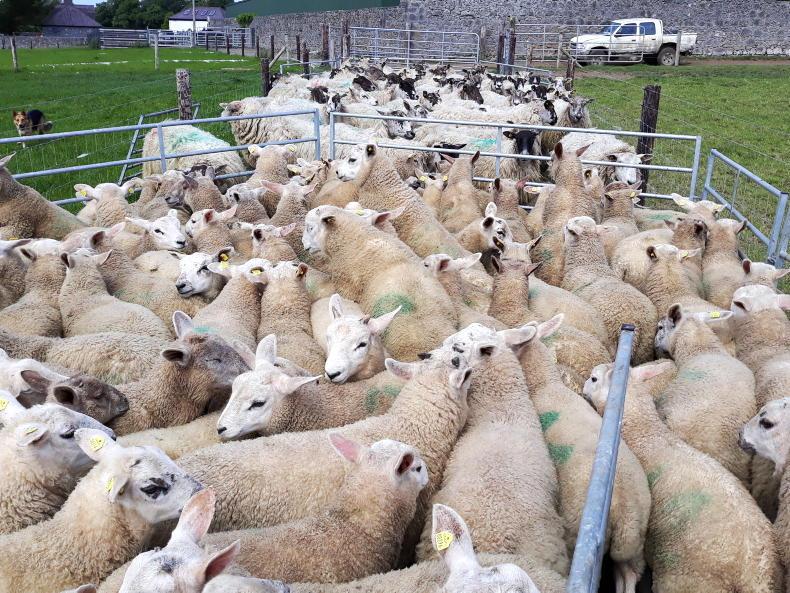
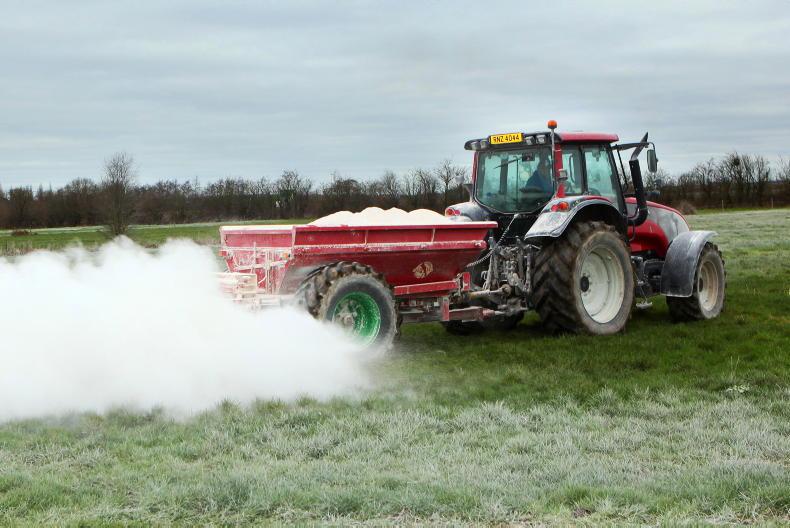

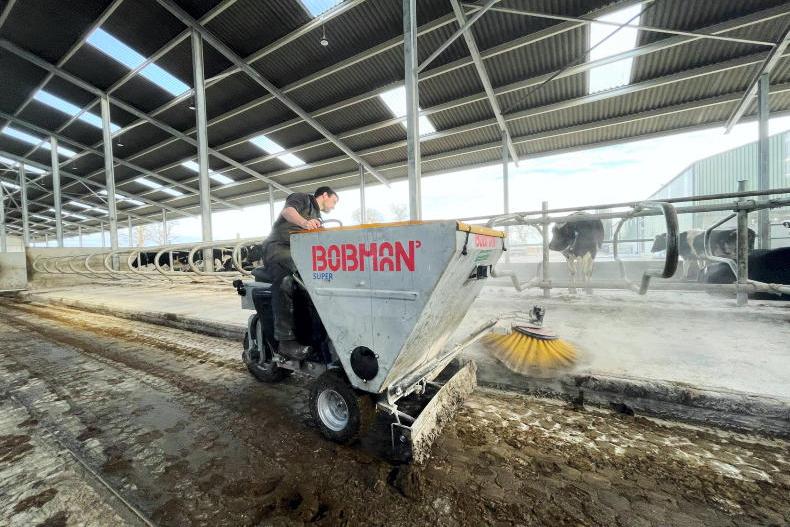
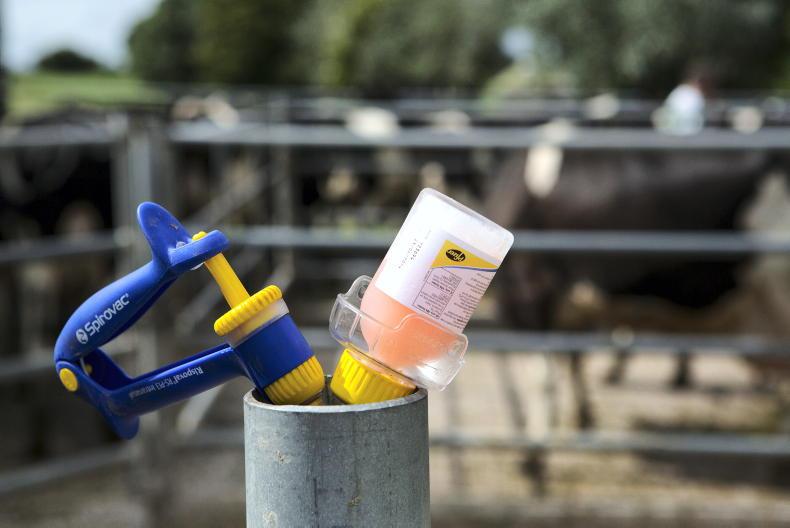
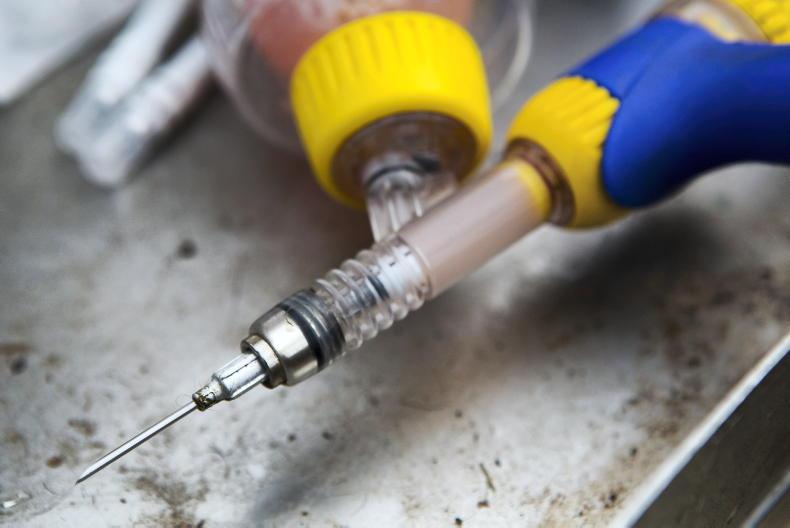
SHARING OPTIONS